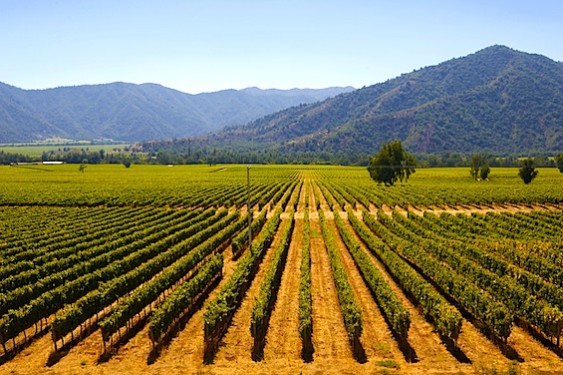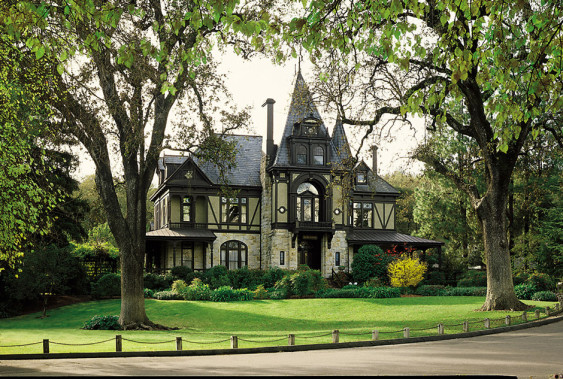Even if you don’t know much about wine, chances are you have heard of Napa Valley, just 35 miles north of San Francisco. Folks there have been making wine since the mid-19th century, and today, it’s one of the country’s, and one of the world’s, most famous wine regions.
Here are some things you might not know about it, though.

The history of wine in Napa dates back to 1838.
The Name
Conventional wisdom holds that the name Napa was derived from a word meaning “land of plenty” in the dialect of the Wappo Native American people who lived there. The name is almost certainly a Wappo word, and in many early instances, the place was actually spelled Nappa. But beyond that, we don’t know the exact meaning, and scholars have posited it meant everything from “village” to “fish” to “bear.” On the other hand, the name Wappo itself is a corruption of the word “guapo,” which meant brave or handsome and was a reference to the resistance the natives put up to Spanish occupation.
The Beginnings of Wine in Napa
Though indigenous wild grapes grew all over the valley, European wine grape varieties weren’t cultivated until 1838 when Napa’s first permanent white settler, a man named George Calvert Yount (after whom Yountville is named), planted cuttings of Mission grapevines he brought over Sonoma.
The First Commercial Winery
Napa’s first commercial winery was established in 1861 by Charles Krug. He was followed shortly after by Schramsberg (in 1862) and Beringer (1876), which is Napa’s oldest continuously operating winery. By the turn of the century, there were nearly 200 wineries operating in the valley.

Beringer is the oldest continuously operating winery in Napa.
Prohibition
When the 18th Amendment was passed in 1920, the production, transport and sale of alcohol became illegal…and Napa suffered. By some estimates, there were as many as 700 wineries in all of California at that time. But by the time Prohibition was repealed in 1933, there were only about 140 or so, which had barely survived by making wine for religious or medicinal purposes.
Becoming an AVA
In 1981, Napa was the first American Viticultural Area, or AVA, to be designated in California (though not in the US). Today, there are 16 sub-AVAs within Napa including several that are renowned in their own right, like Howell Mountain, Los Carneros, Mount Veeder, Oakville, Rutherford and Stags Leap.
Napa Today
According to the most recent data from the Napa Valley Vintners Association, there are about 475 physical wineries in Napa County, about 700 grape growers, and over 1,000 wine brands. However, about 95% of the wineries are family owned, and about 65% of them produce fewer than 5,000 cases annually.

Almost half the grapes grown in Napa are Cabernet Sauvignon.
Thus, it makes a little more sense that, though the region is world-famous, it only produces about 4% of all the wine grapes in California. Of that, about 45% is Cabernet Sauvignon, with the other heavy hitters being Chardonnay, Merlot, Sauvignon Blanc and Pinot Noir.
That’s enough numbers for now, go out and get a few bottles of Napa wines for yourself, and see if you can taste the history.

